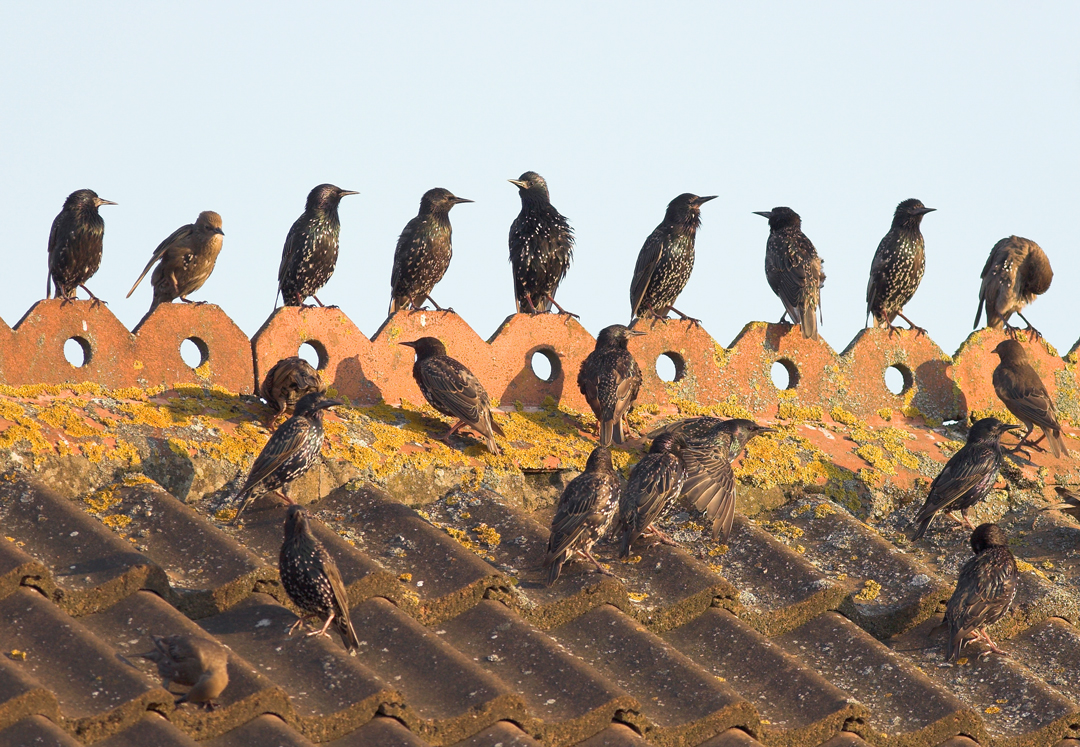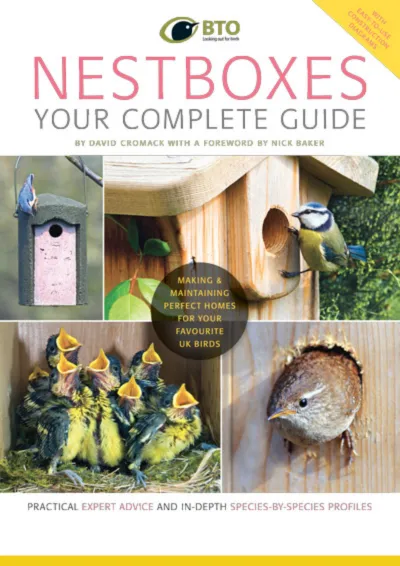BTO create and publish a variety of important articles, papers, journals and other publications, independently and with our partners, for organisations, government and the private sector. Some of our publications (books, guides and atlases) are also available to buy in our online shop.
Annual report of the Seabird Monitoring Programme
Seabird Population Trends and Causes of Change: 1986–2023
This report presents the latest seabird population trends in breeding abundance and productivity using data from the Seabird Monitoring Programme (SMP).
The report documents changes in the abundance and productivity of breeding seabird species in Britain and Ireland from 1986 to 2023, and provides a detailed account of the 2021, 2022 and 2023 breeding seasons.

Search settings
A review of raptor and owl monitoring activity across Europe: its implications for capacity building towards pan-European monitoring
Author: Derlink, M., Wernham, C., Bertoncelj, I., Kovacs, A., Saurola, P., Duke, G., Movalli, P. & Vrezec, A.
Published: 2018
18.04.18
Papers Bird Study
Spring migration strategies of Whinchat Saxicola rubetra when successfully crossing potential barriers of the Sahara and the Mediterranean Sea.
Author: Blackburn E., Burgess M., Freeman B., Risely A., Izang A., Ivande S., Hewson C., Creswell W.
Published: 2018
Migratory barriers, such as the Sahara Desert, are thought to present a challenge to small migrant birds like Whinchat, but how much do we really know about the strategies these birds use when crossing barriers and can these strategies provide resilience to future changes in barrier width that might arise from changes in climate and land-use?
13.04.18
Papers

Covariation in urban birds providing cultural services or disservices and people.
Author: Cox D.T.C, Hudson H.L., Plummer K.E., Siriwardena G.M., Anderson K., Hancock S., Devine-Wright P.,Gaston, K.J
Published: 2018
Some bird species provide cultural services, being aesthetically pleasing and having behaviours that people find interesting to watch. Others provide disservices (e.g. gulls, pigeons and corvids) negative for well-being. By documenting how the abundance and richness of species in these two groups correlates with human population density it was apparent that socio-economically deprived areas support low ratios of birds to people, particularly of cultural service species. These results inform management of green space, and provision of feeding and nesting sites, to promote positive interactions between birds and people within urbanised landscapes.
06.04.18
Papers

Nestboxes: Your Complete Guide
Author: Dave Cromack
Published: Spring 2018
Written by Dave Cromack and drawing on the BTO's expertise, this new book provides the perfect guide to building, erecting and monitoring nestboxes for a broad range of bird species.It includes:Step-by-step illustrated instructions for constructing proven nestbox designsProfiles of garden bird species that regularly use nestboxesBox designs for less common garden visitorsPractical advice on the best positions for your nestboxesHow to protect nesting birds from cats and other predatorsThe best materials and tools to useTips on repairing and preserving nestboxesAdvice on providing refuges for Hedgehogs and other garden animalsPublished by BTO Services Ltd with the support of Jacobi Jayne & Company.
15.03.18
Books and guides

Health hazards to wild birds and risk factors associated with anthropogenic food provisioning
Author: Lawson, B., Robinson, R. A., Toms, M. P., Risely, R., MacDonald, S., Cunningham, A. A.
Published: 2018
Work on emerging infectious diseases and garden birds in the UK has been supported by citizen science projects, most notably Garden BirdWatch, Garden Wildlife Health and the Garden Bird Health Initiative – the latter now superseded by Garden Wildlife Health. Through these schemes, researchers have been able to carry out national surveillance of emerging diseases, including finch trichomonosis, Paridae pox and passerine salmonellosis. This paper, part of a special issue of Philosophical Transactions focusing on wildlife disease issues, reviews the work that has been carried out on these diseases over the past 25 years. It also takes a look at the occurrence of mycotoxin contamination of food residues in bird feeders, which also pose a risk to the health of wild birds.
12.03.18
Papers
